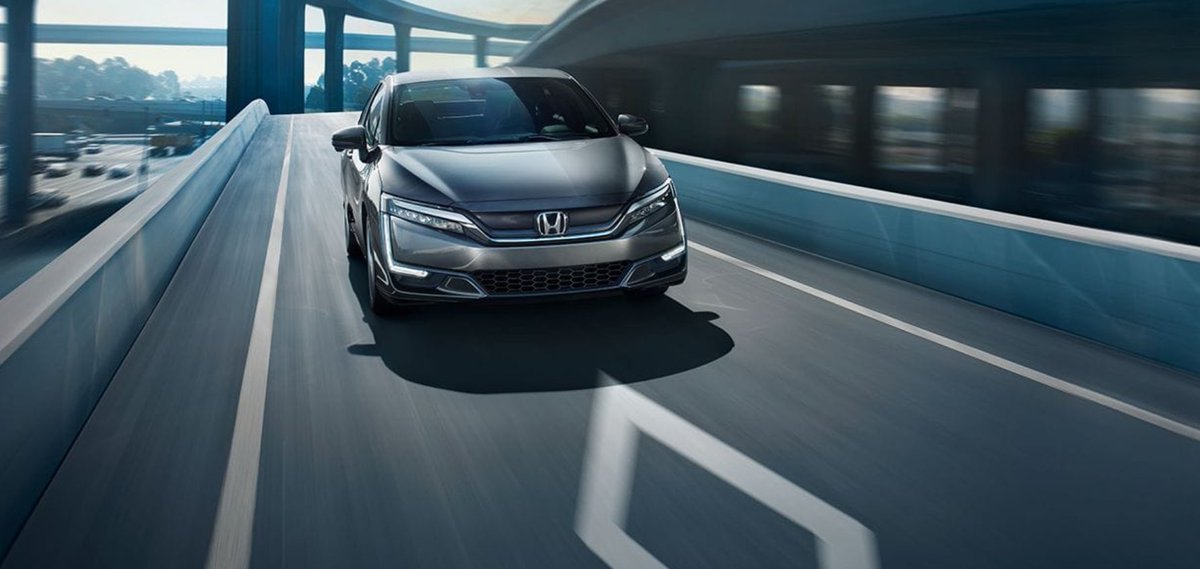Honda Tests Vehicle-To-Grid Capabilities For Electric Cars In Germany
Honda is embracing vehicle-to-grid technology by adding it to their charging station at the Offenbach headquarters. The trial run, which aims to provide more efficient renewable energy, will allow them to determine if they'll be adding the feature to future EVs.
May 24 2019, Updated 11:46 a.m. ET
Honda joins the ongoing trend of adding vehicle-to-grid capability with their electric vehicles. They’ve invested into the technology at their charging station at Offenbach, Germany. The auto manufacturer hopes that this maximizes the use of renewable power at their campus and the process will stabilize the energy grid on a larger scale.
Vehicle-to-grid capability, also known as V2G, is a process where electricity is either sent back to the power grid or it limits charging rates when needed. Since electric vehicles spend most of their time being parked, their batteries provide another outlet to store energy and it can be tapped into when needed. Most EVs aren’t optimized to fully electrify a home, but it does provide good backup.
Honda debuted the bi-directional energy transfer concept at the 2017 Frankfurt Motor Show in September. They’ll be giving it a trial run at their 150-kilowatt charging station. Up to four vehicles can charge at the same time, and now it’ll provide stability for the electric grid when necessary.
“With the installation of the latest bi-directional charging technology at our R&D site in Germany, we are adding the next technology to our Smart Company project,” Jorg Bottcher, vice president of Honda R&D Europe, said in a press release, “which will further enhance our research activity in the field of zero-emission society and future mobility.”
Another feature that Honda is currently working on is a 15-minute charging system. They’ll be upgrading their battery technology to accommodate significantly faster charging speeds, but it’s not expected to be a reality until 2022. That’s also a time period where solid-state batteries could enter into the EV market, which will provide more efficiency.
Honda is also considering self-driving vehicles -- up to Level 4 -- by 2025. This provides nearly full automation where the driver can focus on other tasks without looking at the road. They’ll alert the driver when they need to take control of the vehicle. Google’s studies over the concept has shifted their focus to only create fully autonomous vehicles.
The 2017 Clarity Electric is Honda’s first fully-electric vehicle on the market, and it already features speedy charging capabilities. It can take just a half hour for the vehicle to become 80 percent charged, and it’s compatible with Level 1 and Level 2 systems. However, a range of just 80 miles doesn’t make it as attractive as other EVs in its $30,000 price range. Added to the lineup is the recently released plug-in hybrid for extended range.
